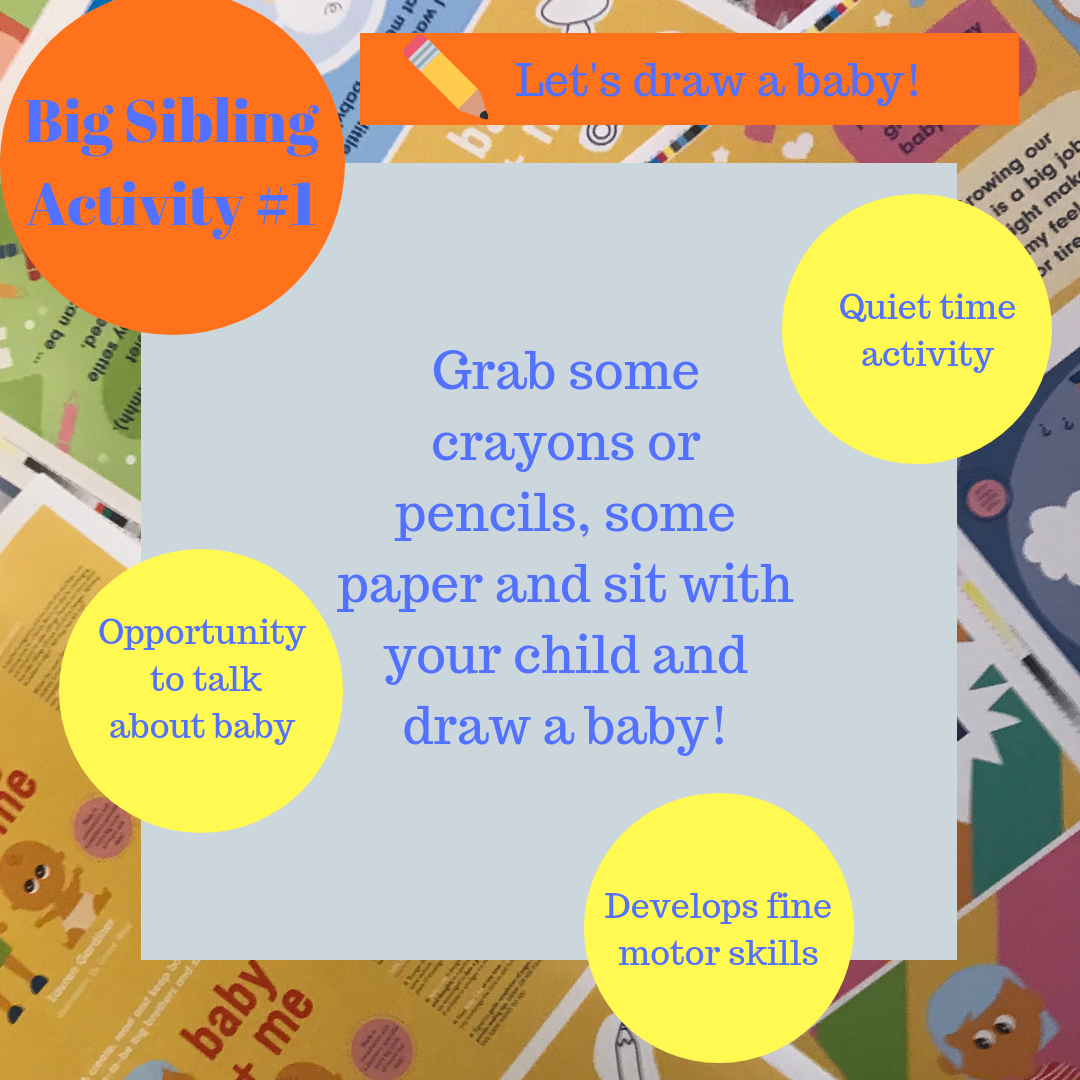We all want our kids to have a joyful and magical childhood and “be kids” for as long as they can.
I realised the power of this idea last week when reflecting on how we as a family have adopted the Santa Claus, the Easter Bunny and the Tooth Fairy myths.
Chances are you’ve bought in too. Read on to find out more!
Stop here, Tooth Fairy!
Recently our 7 year old, Little Mate, lost his fifth tooth.
The Tooth Fairy was a bit slack and didn’t deposit the much-awaited funds for some time.
One night as we were sitting around the dinner table, he asked me “Are you and Dad the Tooth Fairy?”
I was ill-prepared for such a direct question, but calling on my usual approach of being open, upfront and honest with our children, I said “Yes.”
Neither Little Mate or Dames (our 5 year old who is yet to lose a tooth) showed shock or disappointment at my answer. Instead Little Mate said, “Well, when are you going to give me money for my tooth?”
When I told Damien later, it was he who felt the disappointment. His reaction surprised me – he was, after all, the kid who had Santa Claus pegged from early on and spilled the beans to the other children in his home town (Mr Lawson with the golden tooth was easy to pick dressed as Santa Claus).
Days later, and miraculously, the Tooth Fairy did visit Little Mate – leaving a deposit under Little Mate’s bed while we were away on holidays – so it could not possibly have been Mum and Dad and the Tooth Fairy story lived to see another day!
We’re in (and it shocks me!)
On reflection, it shocks me that we as a family have bought into the myths of Santa Claus and co. And while we haven’t ever gone to elaborate lengths to foster these aspects of Christmas, Easter and losing a tooth (I can’t remember Santa’s ever receiving biscuits and milk for supper and the best and most exciting gifts for our kids always come from us), we have nonetheless played along with the kid’s conversations about how amazing it is that the Easter Bunny can find us even when we’re on holidays and that Santa can still deliver us presents, even without a fireplace! And I must admit that planting chocolate Easter eggs as Easter Bunny has been an incredibly joyful experience for both Damien and I.
There are three reasons why I feel shocked by this:
- both Damien and I take an open, educative and honest approach when it comes to our kids. I always try to explain something if asked no matter how challenging the concept might be – six months ago when I was putting the final touches on my book and Little Mate was also into book creation and (re)creating a favourite book of his, we had a chat about copyright laws;
- I never accept what people say, take advice or other things at face value. I think critically and usually research widely and canvas other’s views. I can hand on heart say that I never did any of these things when it came to Santa, the Easter Bunny and the Tooth Fairy; and
- sharing this realisation with Damien while writing this post, I learned that Damien was “not comfortable” with the stories. Normally we would discuss and come to a landing on anything either of us felt uncomfortable about in the parenting sphere – but this also never happened.
So why are we in?
Why did we buy in to these myths at the expense of the way we usually parent? Why did Damien feel disappointed that I’d spilled the beans on the Tooth Fairy, when he felt uncomfortable with the story in the first place?
I think it’s because it’s such a powerful idea – that we should let kids be kids – so powerful in fact that we would put our parenting practices and principles on hold to uphold it.
And how do we know what being a kid is like?
Well, we know this from our own experiences as children. Believing in Santa and co is a significant childhood tradition, particularly in my family. Getting a gift from Santa is a tradition to which feelings of hope, surprise and thrill attach. And we feel sentimental about our childhoods and we want our children to feel the magic and the wonder that we felt when we were little and thinking about a big guy in a red suit and a big bag of presents for us and our family.
We also want our kids to be kids for as long as possible. Parents over the last few days have told me how they hope that the Santa and related myths continue in their families for as long as possible and they dread the day that their child finds out the truth. It’s a sign of growing up and a loss of innocence – and we don’t want our kids to do that too fast!
And just to be clear – in making these discoveries while writing this post – I haven’t felt guilt or regret about the approach we have taken. Perhaps more I’ve felt trepidation about having the chat when the need finally arises. And, also sadness that, at least for our two boys, the time for them to know the truth draws closer.
Lauren x
PS
The idea that kids should be kids deserves more than a single blog post as it plays a part in how we address many issues with our kids, such as:
- sex, our bodies and sexuality
- relationships and divorce
- wellbeing, sickness and death
- homework, testing and grades in school
- violence and crime
- stranger danger and sexual predators
Stay tuned for more posts on this in the new year!















